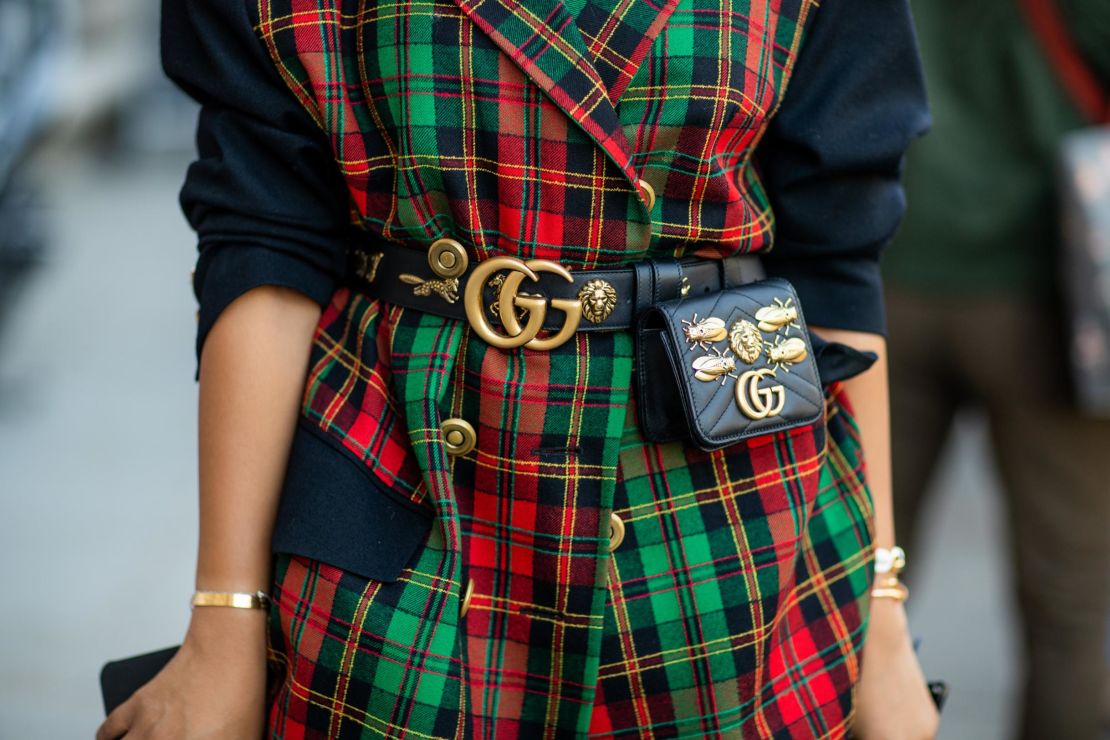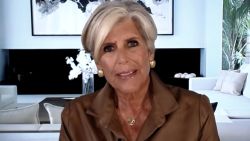Trade war? Economic slowdown? Come what may, big-spending Chinese consumers won’t be denied luxury.
Smart Take
Chinese shoppers that abandoned luxury brands during a government crackdown on corruption are now delivering a wave of sales to fashion houses that have come to depend on their voracious appetite for watches, handbags and clothes.
Kering (KER), the owner of Gucci and Alexander McQueen, said that sales in China skyrocketed 30% in the first half of 2018. French fashion house Hermes credited sales in the country for record profits over the same period.
UBS estimates that two thirds of Chinese spending on luxury takes place abroad, and that’s booming too. Chinese buyers spent 20% more globally on goods from LVHM (LVMH) brand Louis Vuitton in the first half of the year, according to estimates by UBS.
The trend marks a return to form for consumers whose spending helped transform the global market for luxury products and revive European fashion brands. Chinese consumers spend over $7 billion each year on luxury goods, according to the consultancy McKinsey, accounting for nearly a third of the global market.
Even as China’s economy loses momentum and the country sinks deeper into a trade war with the United States, surveys by UBS show that luxury remains the top priority for consumers after they’ve paid for the essentials.
Millennials are especially willing to splurge, with 81% willing to pay more for a better product, according to UBS. Born after China limited most families to having a single child, many are financially secure.
“They don’t have the urge to save … compared to Millennials in other countries,” said Bruno Lannes, a partner at Bain & Company in Shanghai. “They don’t need to save for a flat.”
Helen Brand, executive director of European luxury goods at UBS, said labels that appeal to a younger audience, such as Louis Vuitton and Gucci, are doing the best in China. Companies like Burberry (BURBY), which have a more classic look, are having a tougher time.
“Gucci is very hot. They made sure they have enough entry level products for Millennials like smaller bags, belts, and more than 50% of their marketing spend is now on digital,” Brand said.
How long can this continue?
China is one of the world’s fastest growing major economies — it expanded 6.9% in 2017. But investment, factory production and retail sales have all weakened recently.
The soft patch comes as a trade war between the the United States and China intensifies. They have each imposed tariffs on hundreds of billions of dollars worth of each other’s goods.
The United States has put tariffs on handbags made in China, but experts say that top luxury brands won’t be affected because their products are manufactured in Europe.
Some analysts worry the luxury party could be spoiled if the Chinese economy comes under more pressure.

“China has been very strong for this sector, but there are questions how long this can continue, because of the devaluation [of China’s currency] and trade tensions,” said Brand.
China’s currency, the yuan, has slipped against the US dollar and other major currencies. That’s made luxury purchases more expensive for Chinese shoppers who want to spend big while on vacation.
Economists are also watching for any signs that declining consumer confidence is harming luxury sales.
Crackdown risk
Another concern is a potential repeat of 2012, when the Chinese government launched a corruption crackdown that made luxury products and watches off limits for Communist Party officials and corporate executives.
“The crackdown took away the gifting … that was a tradition in China,” said Lannes. “And luxury brands were very good for that, especially in the male category.”
China became just like any other luxury market during the crackdown, with sales of luxury goods aimed at women jumping ahead of those designed for men. It took years for luxury goods to come back into fashion.
























